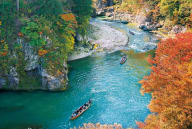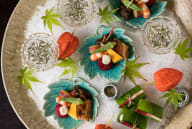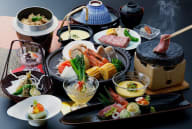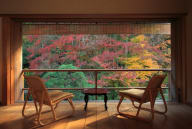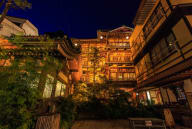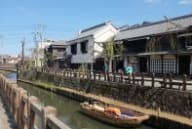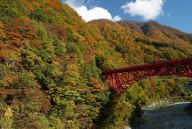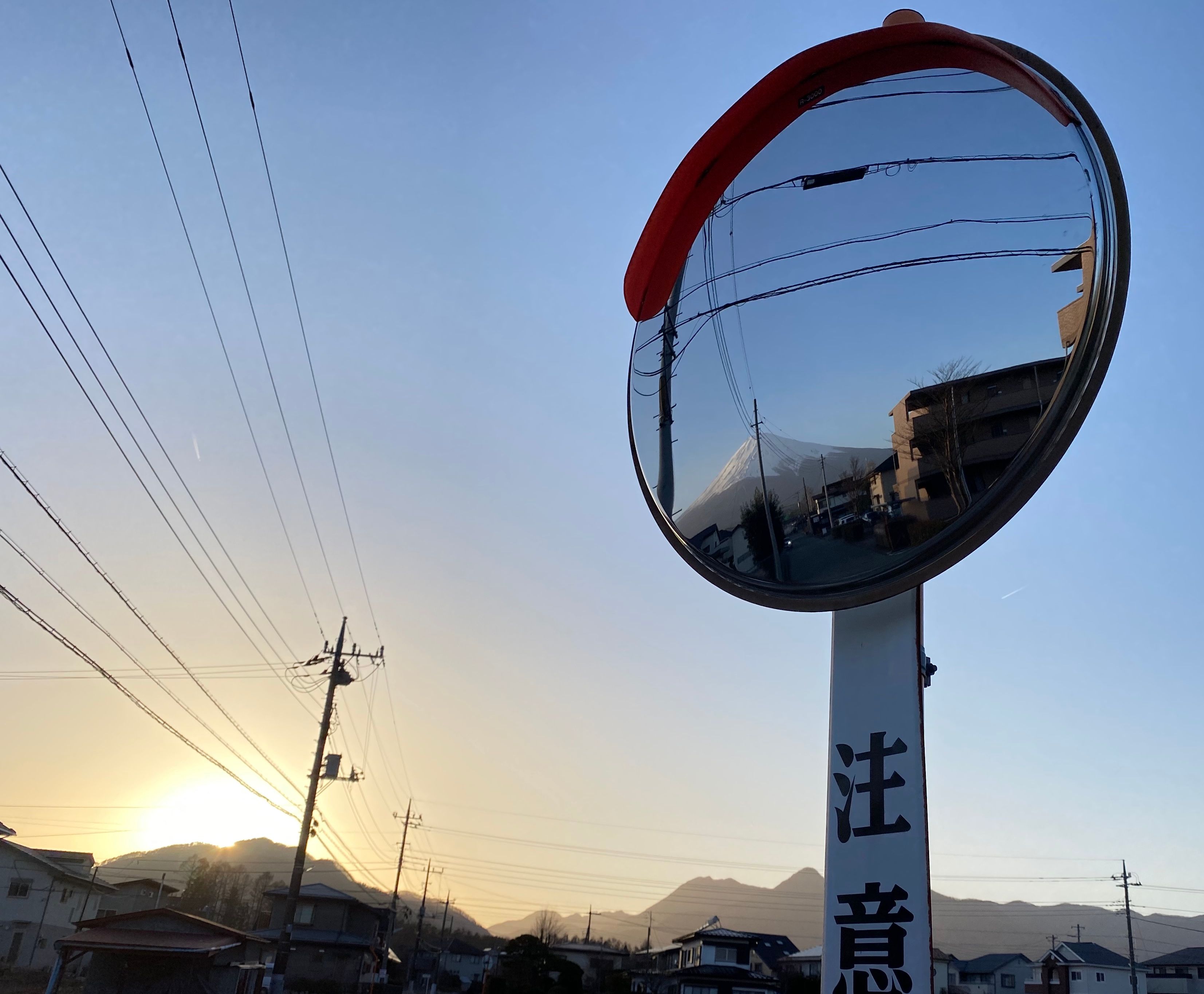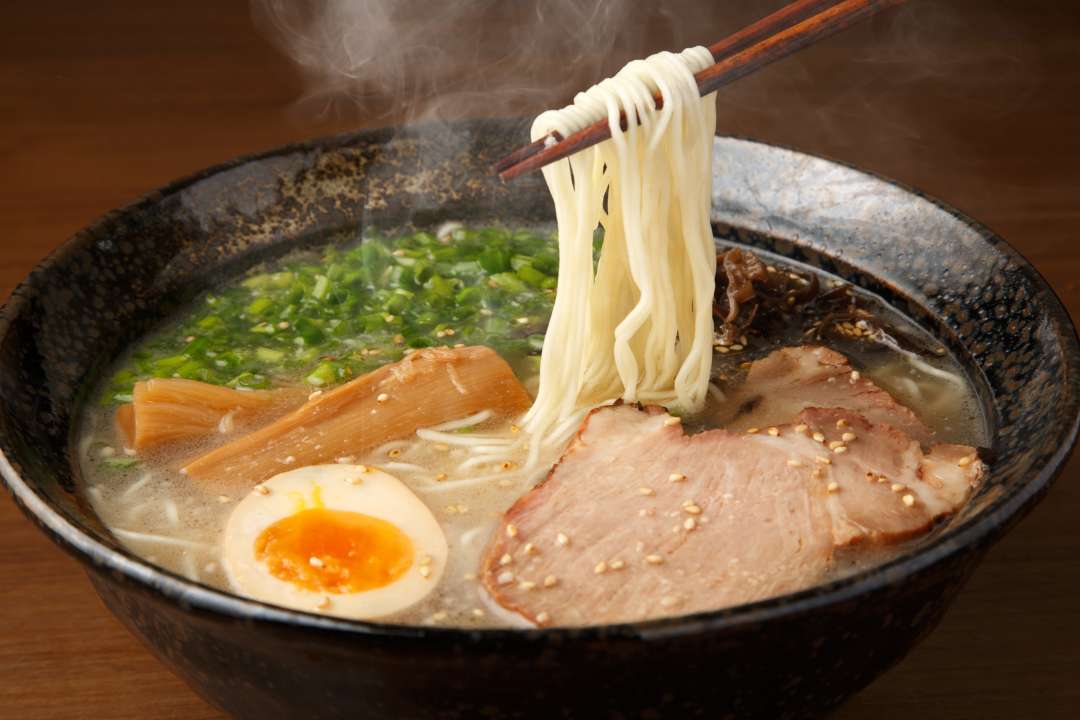
Japanese food is world famous, and for good reason. It has a massive range of unique and delicious dishes, from freshly caught seafood from the Pacific Ocean to the Sea of Japan, to deep fried pork, or rich and savoury broths and soup.
If you ask people what their favourite Japanese food is, a common answer that you will get is ramen. A quintessential meal, these noodles can warm you up on a cold day, or keep you going if you are looking for a quick pit stop. Whether it’s on the Michelin Guide or a street corner you stumble upon, Japanese noodles can be found anywhere and everywhere.
Let’s take a look at some of the noodle dishes you may come across if you visit Japan!
Soba
Soba noodles are usually made of buckwheat flour, and commonly found in both hot and cold versions. Sometimes a kake soba dish, which consists of just the main ingredients of the noodles, broth, and occasionally a sprinkling of spring onions. This can be one of the cheapest food options in Japan, if you are travelling on a budget, then kake soba is the dish for you.

Soba’s cold version is a popular dish that you’ll most likely come across in any noodle shop in Japan. Called ‘zaru soba’, the cold noodles come separate from the broth, on a special type of plate called a ‘zaru’. You take the noodles and dip them in the broth to enjoy the meal. You can add spring onions to the broth as well. Best enjoyed on a hot summer day, zaru soba is a staple of the noodle world.
Udon
Udon is usually made of wheat flour, and you can tell the difference from other noodles in that it is usually much thicker. Varieties can be similar to soba, as you have the simple kake udon, and the cold zaru udon. A unique speciality that you may come across is curry udon. A mix of Japanese curry and thick noodles, it is a perfect mix of two Japanese favourites. Kagawa Prefecture in Shikoku is sometimes known as the Udon Prefecture, as it is famous for its plethora of udon noodles and restaurants.
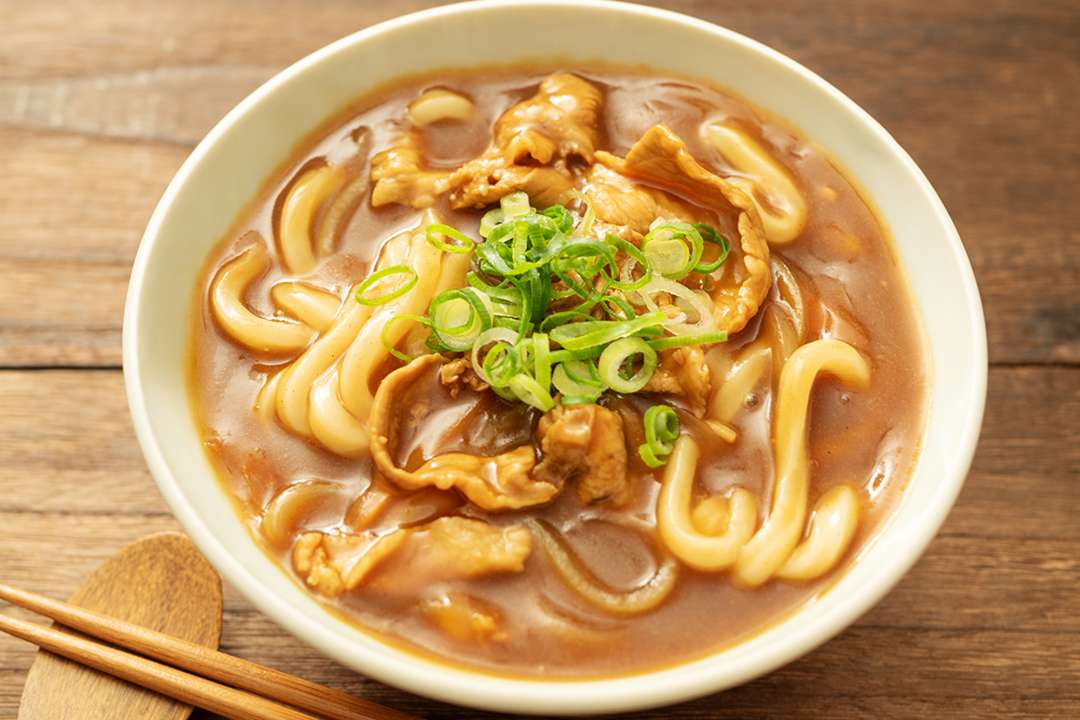
Tsukemen
Tsukemen is not necessarily its own type of noodles, but is a distinct ramen noodle dish worth mentioning. Invented in the 1950s in Tokyo, it is another dipping dish, this time with cold noodles being dipped into warmer broth. The broth is usually quick thick and rich, and the dish can be a perfect complement on a cooler day.
Ramen
There are various styles of ramen, and depending on the area of Japan you are in, there is a specific type of ramen that might be famous there. Common varieties of ramen include shoyu (soy sauce), shio (salt), miso, and tonkotsu. Shio ramen is popular in Hakodate, Hokkaido, while shoyu is quite popular in Tokyo. Miso ramen is also famous in Hokkaido, this time being found in the capital city of Sapporo. If you explore Hokkaido a bit more, you may even run into some butter and corn ramen. Fukushima Prefecture also has a rather special variety called Kitakata Ramen, which is characterised by thicker and curly noodles.

Tonkotsu ramen is another popular variety of ramen, most commonly found in Fukuoka Prefecture in Kyushu. The broth is created by using pork bones, boiling them for many hours. The dish originated in the Fukuoka city of Kurume in the 1930s, and its popularity grew from then. Within Fukuoka city, you’ll find a multitude of small food stalls, or yatai, on the sidewalks selling ramen. These can be perfect ways to get a quick meal, and most of the time you’ll be able to watch the chef in action preparing your dish.

Speaking of tonkotsu ramen, we’re collaborating with the ramen restaurant Tonkotsu and Japan House to celebrate their new exhibition, ‘Looks Delicious! Exploring Japan’s food replica culture’, all about the food samples that you see in the storefronts of restaurants. We’re conducting a giveaway as well, be on the lookout for a chance to win an assortment of goodies from both Japan House London and Tonkotsu! Find more information here.

Remember that noodle dishes are regional, when you travel around the country, you are bound to discover even more ramen varieties to try.

Make sure to check out the exhibition being held at Japan House London from 2 October to 16 February, you won't wanna miss out! Read more at the link here.

















